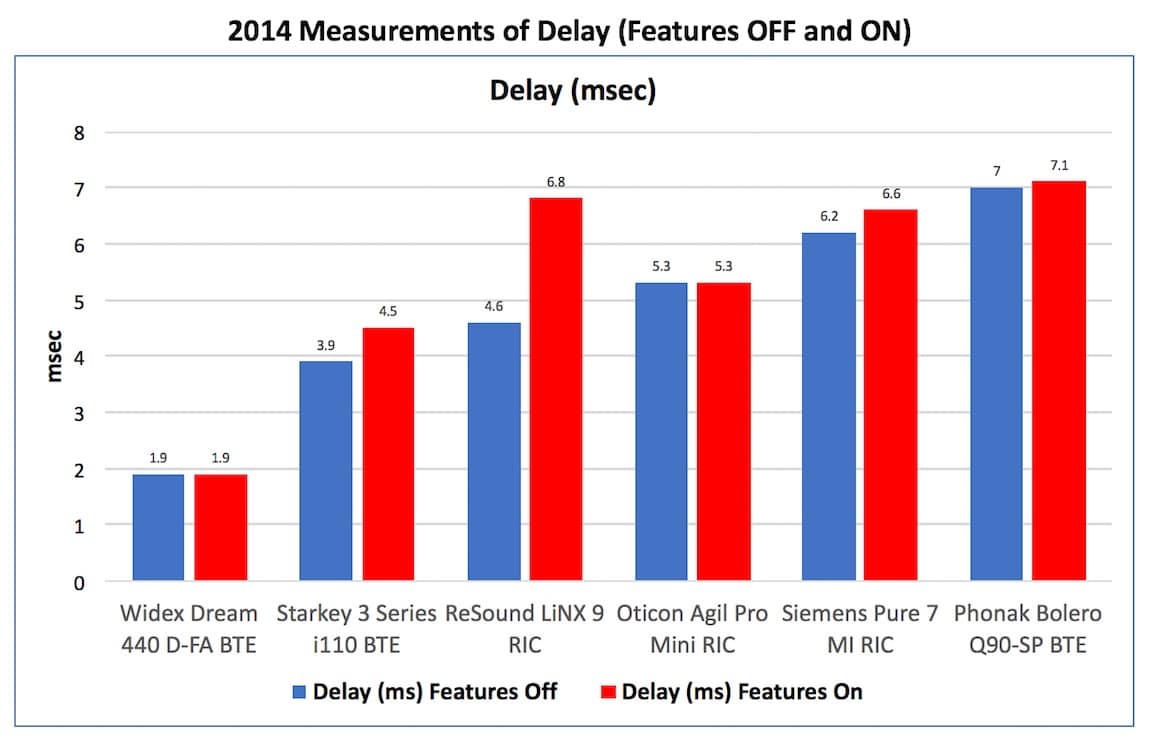SOUTHAMPTON, UK–When Marion Downs died on November 13 at the age of 100, her long-time colleague, friend, and co-author, Jerry Northern, wrote, “She leaves a legacy that will forever be remembered for her many, many contributions to the field of audiology.” The truth of that statement, which was echoed by many other audiologists in obituaries on this blog and elsewhere, has already been borne out in various ways.
Last week an article in the online journal Archives of Disease in Childhood reported on a study by 10 British researchers showing that hearing-impaired 17-year-olds whose hearing loss had been detected by age 9 months had significantly higher mean reading comprehension scores than boys and girls of the same age with hearing losses that had not been identified until later in life.
The study, which was conducted by scientists at the University of Southampton, was a follow-up to a 2005 study of boys and girls at age 8 who were found to have benefited from early identification of hearing loss.
In their new article, entitled “The impact of universal newborn hearing screening on long-term literacy outcomes,” the authors report that the gap in reading ability between those with early identified hearing loss and those with later identified hearing loss increased over time at a mean rate of 0.06% a year (95% CI −0.02 to 0.13) over the 9.2 years between the two studies. In other words, the benefits of early identification do not level off or diminish as children near adulthood; they actually increase with age.
THE INFLUENCE OF HER WORK GROWS
The very existence of the Southampton study (and many others like it) demonstrating the benefit of identifying congenital hearing losses at the earliest possible age is directly connected to the pioneering work that Marion Downs did during her 23 years at the University of Colorado School of Medicine.
Dr. Downs, widely known as “the Mother of Pediatric Audiology,” was largely responsible for discovering and then educating others to the fact that it is possible—and, indeed, crucial–to detect hearing loss in newborns and to begin treating the loss in a baby’s first months.
She was also a driving force behind the movement that has made universal newborn hearing screening (UNHS) accepted practice throughout the U.S. and in more and more other countries as well. In fact, for their study, the University of Southampton researchers drew upon subjects whose hearing loss had been discovered in an early UNHS program in Britain.
Their article, “The impact of universal newborn hearing screening on long-term literacy outcomes,” concludes that its findings “strengthen the case for national governments to fund UNHS programmes that increase the rates of early confirmation of permanent childhood hearing impairment…in the many developed and developing countries where UNHS is currently under discussion but not yet adopted as national policy.”
DOWNS LECTURES WILL CONTINUE
Shown at the 2011 Marion Downs Lecture in Chicago are from left, Don Schum; Dr. Downs; Karen Avraham, the Downs lecturer; and Dianne Myers, who was chair of the AAA Foundation.
RESTON, VA—Another sign of Marion Downs’s lasting legacy was the November 25 announcement by the American Academy of Audiology Foundation that the Oticon Foundation has renewed its commitment to fund the annual Marion Downs Lecture in Pediatric Audiology through 2019.
Since 2004, the Downs Lecture has been a highlight of AudiologyNOW!, the annual convention of the American Academy of Audiology.
In a press release announcing the extended funding, Don Schum, PhD, Oticon’s VP, audiology and professional relations, said, “Marion’s ground-breaking work and indomitable spirit were inspirational. We are pleased that our gift honors and perpetuates her innumerable contributions to pediatric audiology.”








